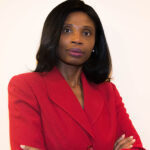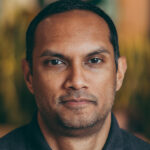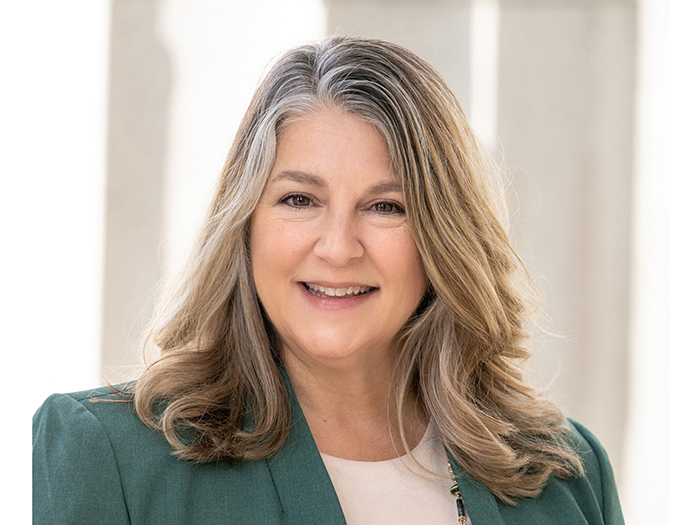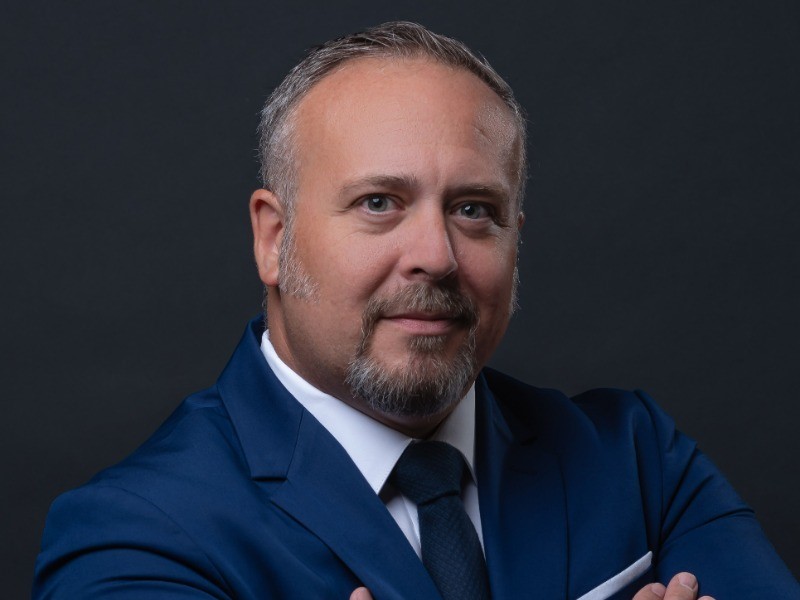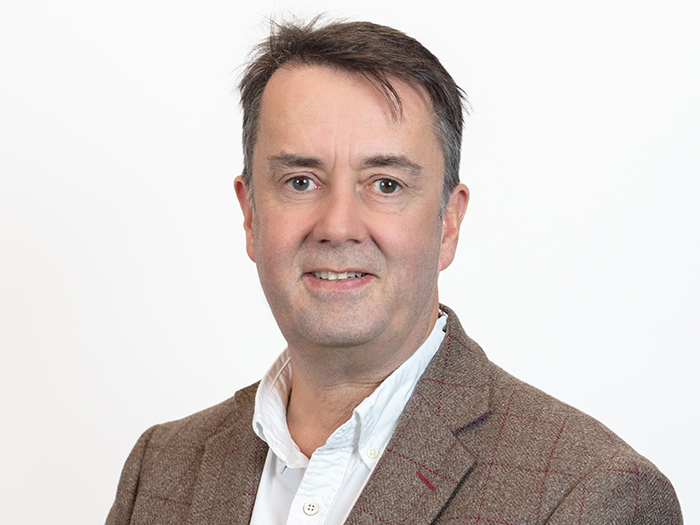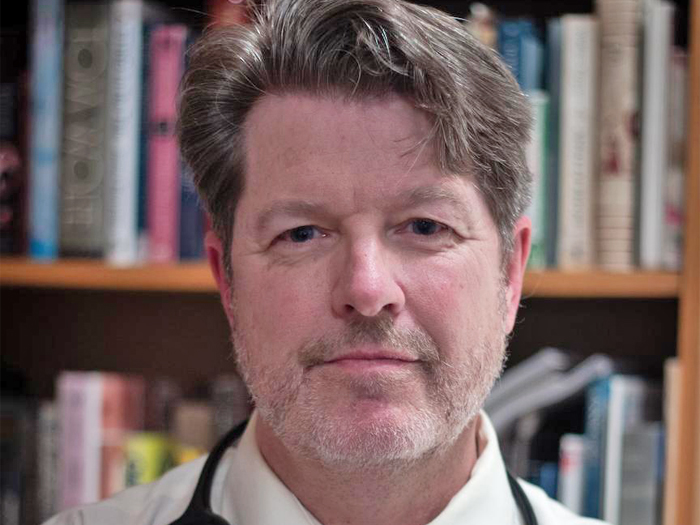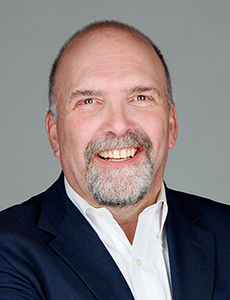New Global Risk Consultants’ CEO Greg Bates Talks to Risk & Insurance
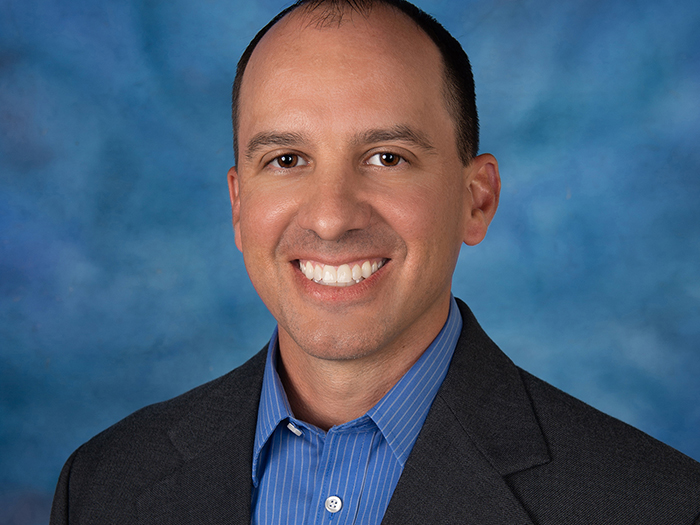
In April, Dan Reynolds, the editor in chief of Risk & Insurance, caught up with Greg Bates in his first interview since being named President and CEO of Global Risk Consultants, a TÜV SÜD company. What follows is a transcript of that discussion, edited for length and clarity.
Risk & Insurance: Thanks for meeting with us, Greg. Property risk engineering is something that we’ve been writing about for a long time. How do you view its dynamic and necessity these days?
Greg Bates: Risk engineering has been around for a long time, but it’s one of those things that, especially with the hard market, has gotten a lot of attention. It’s essentially become part of the new norm. It’s critical that you have risk engineering information with your insurance submission these days. A lack of information exposes your submission to scrutiny and being deprioritized. GRC and the industry continue to evolve especially with technology, but the basic blocking and tackling is still necessary.
R&I: Are you seeing AI being used successfully in property submissions?
GB: We just had a webinar about getting your property submission AI ready. We’re also doing some things internally to integrate AI into customer-facing solutions. There’s actually a lot of discussion in the industry, some quite negative. There’s worry about bias. There’s worry about confidentiality and privacy issues, but everybody’s using it to a certain degree. So it’s here. It’s been here for a while. People just didn’t realize it and it’s about figuring out how we work with AI without becoming exposed to its shortcomings.
R&I: One thing we love to ask execs is where they’re seeing the demand from their clients or customers around emerging risks or risks that are really problematic for them. Where are they needing the most help?
GB: This is always a hot topic. Obviously, wildfire this year was big. Over the last couple of years cyber has been a big topic. ESG has also joined the conversation on a regular basis.
But natural hazards are a constant. If you look at some of the data, the number of natural hazard events, and that includes wildfire, hurricanes, earthquakes, and flooding, are constantly increasing. Every year it seems to be worse than the prior year.
What’s interesting is that over the last year or two, there’s been more capital infusion into the insurance markets that have stabilized it, or softened it a little bit, but natural hazards are always there.
R&I: We hear a lot about data in this industry and it does, I think, relate to the AI question, right? Because if you’ve got a machine working on something, data purity is important and getting the right data is important. How can you be a good partner to your clients in that area?
GB: Data is king. The underwriters and the market want more and more data. The really mature customers want more data that they might not even share with the markets. A key point is to make sure that you’re getting good, accurate data.
There are a lot of startups out there right now that are essentially AI only, where they’re just scrubbing the Internet for data. You and I both know that that’s not always good data. So, it’s a priority that all of our data is engineer collected or validated.
We’ve got a customer platform that provides insights from that data. We are looking to incorporate AI to help customers sort through the data, but accurate data is the foundation. We work with our customers to evaluate the data to engineer systematic risk improvement.
R&I: You’ve been in the industry a long time, and congratulations on the new position by the way. What gets your blood moving when you look at the opportunities in front of you?
GB: A lot of things are changing right now with AI and with some of the digitalization that’s going on, that is exciting! I’m a big fan of continuous improvement. We’re not typically an industry that’s considered very high tech. But I think there are areas where we could improve.
Let’s take climate change as an example. Five years ago, nobody was talking about it from a risk reporting standpoint. Depending on who you spoke with, they might mention it, but it was still very unknown.
Now we’ve got customers requesting this information and then putting actionable engineering in place on it. As in “My facility is going to be in a flood zone in 30 years. What should I do now to prepare for that?” That to me, is pretty exciting because we’re looking at long-term resiliency. We’re looking at sustainable efforts that make an impact.
One other point is that I am a people person at heart. I love collaborating with our exceptional team and partnering with forward-thinking risk managers who are always pushing boundaries.
R&I: We’ve heard stories over the years about investments in technology that didn’t pan out. What’s your take on the risks and opportunities in that area?
GB: It’s a great question and you’re absolutely right. I’ve seen some companies pour money into it and some of it never comes to fruition. Sometimes by the time it’s ready, it’s already outdated.
To be clear, we are consistently investing in technology, but we’re a little bit cautious. We’re going to add AI to our customer solutions, but we’re going to do it responsibly.
R&I: When you’re talking to clients these days, what are you telling them about the opportunities they may have given that we have seen some property insurance price moderation?
GB: The market has softened, but it is all relative. Geography and industry still drive a lot of that pricing.
Our most mature customers are looking to take on more risk and control their own destinies. They want to put their capital to work and paying more and more for insurance isn’t always feasible.
That’s where these companies are saying, “Look, I’ll bet on myself. I’ll bet on my programs, and I’ll retain more of that money and grow it.”
The insurance market cycle has its ups and downs, but I’d like to think that things are little bit more moderated at the moment.
R&I: Greg, is there anything about the job or the company that’s top of mind for you that I didn’t ask you about?
GB: I think we’ve covered most of it. But I’d conclude by saying that we’re trying to put together solutions that help our customers understand, evaluate, and in some cases retain more risk. Early this year, we launched Electrical Protection Services, which is a combination of three services that we’ve offered for a while—arc flash analysis, infrared thermography, and electrical safety training. But we’re bundling them together because more and more customers are needing them as a wholistic service. Electrical malfunctions cause roughly one out of every two fires, so we want to help address that risk.
ESG and climate change are going to stay in the mix. We’re going to help companies understand this exposure. Ultimately, we’re going to stay true to our core and help customers with risk identification and mitigation efforts. &


